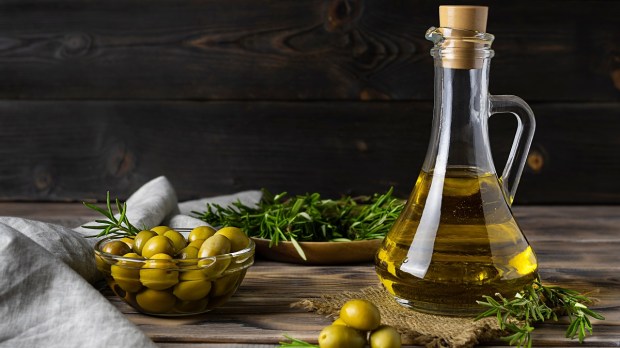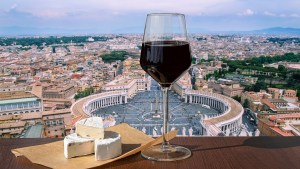Olive oil has been a cornerstone of Mediterranean cuisine for the past 5,000 years. One of the first written mentions of pressed olive juice is recorded in the 19th-century BC Hammurabi Code. From Mesopotamia, olive oil was traded by the ancient Egyptians and the Phoenicians to Greece, where it was sold as food, medicine, and as a cosmetic.
During Roman times, olive oil became a pillar of the Roman Empire’s economy, and a dedicated commodity exchange known as “Arca Olearia”was developed to buy and sell the “golden juice.” As recent archeological excavations have proved, olives were indeed part of Jesus’ Last Supper.
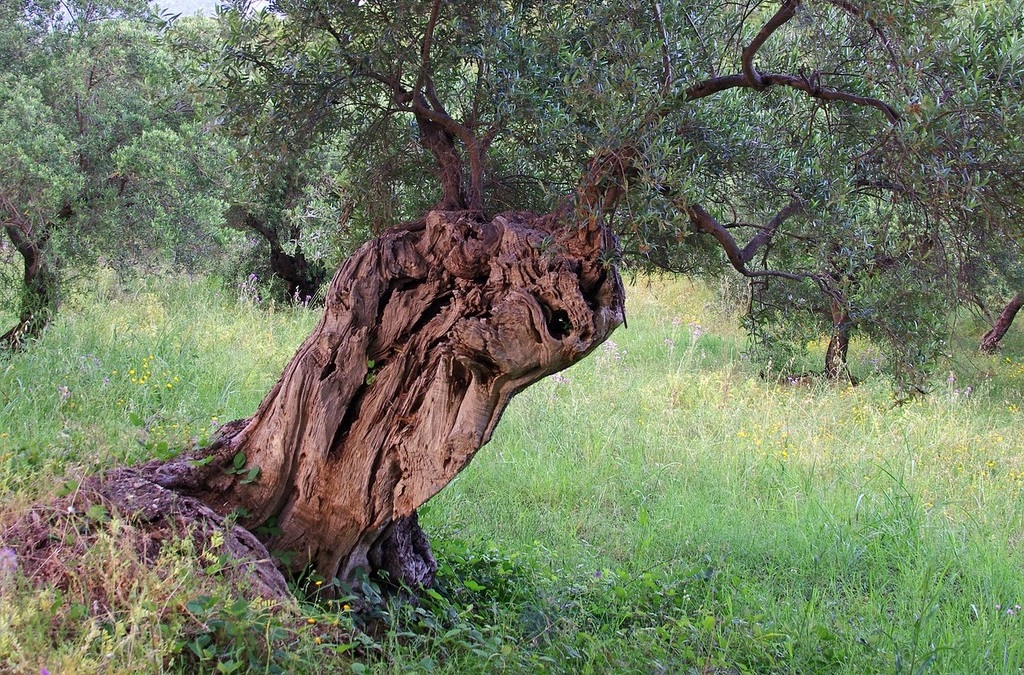
During the Middle Ages, however, this iconic Mediterranean staple was on the way to being forgotten. The breakup of the Roman Empire into smaller feudal states led to the abandonment of many olive groves as small landowners did not have the means to cultivate and extract olive oil from olive trees. Plus, many northern European tribes that settled in the former Roman-controlled lands were accustomed to butter rather than olive oil, so consumption of olive oil decreased. Olive oil became a rare commodity in the Middle Ages.
Olive groves were abandoned and olive trees were mostly used as demarcation tools to mark the borders between different fields.
In this context, the cultivation of olive trees for olive oil was mostly preserved thanks to Catholic monks. Olive trees were often cultivated around monasteries and churches, as olive oil was used for sacraments and for lighting oil lamps. And monks often had the time and dedication to turn what at the time were dull, unproductive lands into olive-producing fields.
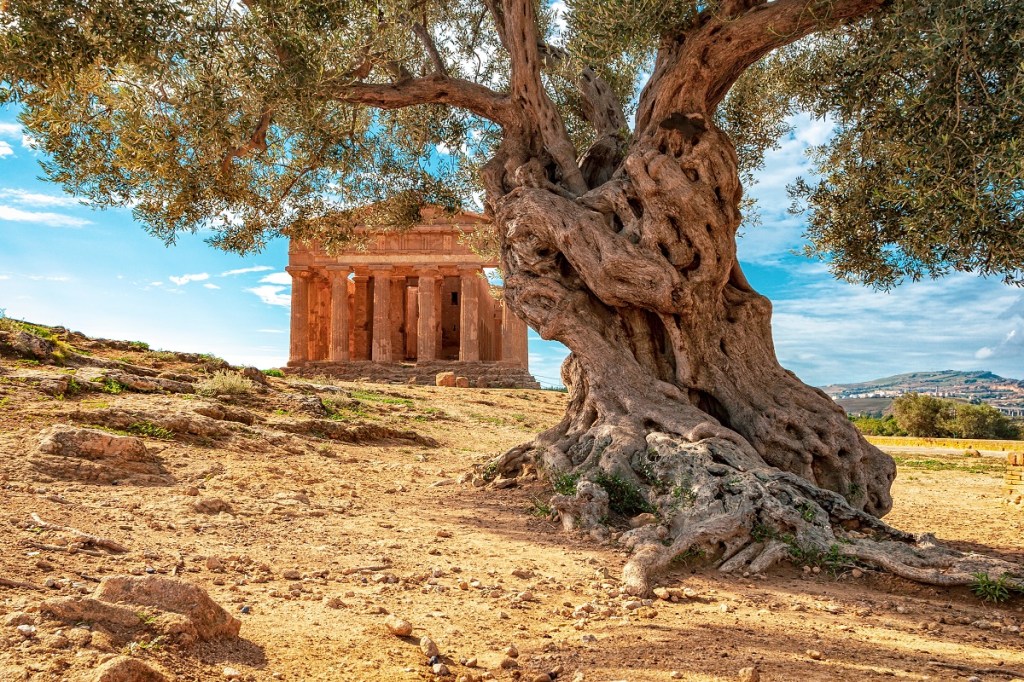
Many olive oil-producing regions of Italy owe their current olive oil production to the inventiveness of Catholic monks. In Liguria, the mountainous northern Italian region overlooking the Mediterranean also known as the Italian riviera, Benedictine monks turned steep uncultivated hills into olive-producing lands thanks to the creation of dry stone terraces.
In Umbria, a central Italian region home to Catholic landmarks like Spoleto and Orvieto cathedrals, Benedictine monks from the Abbey of St. Felix transformed formerly abandoned olive groves into a hotspot of olive production. Local olives, known as cultivar San Felice, were named after the monastery.
In Latium, the central Italian region home to Rome and Bolsena, Benedictine monks turned abandoned olive groves into olive oil-producing lands all around the Tower of San Donato. According to tradition, a local monk, Tomaso di San Donato, could fill empty barrels with olive oil.
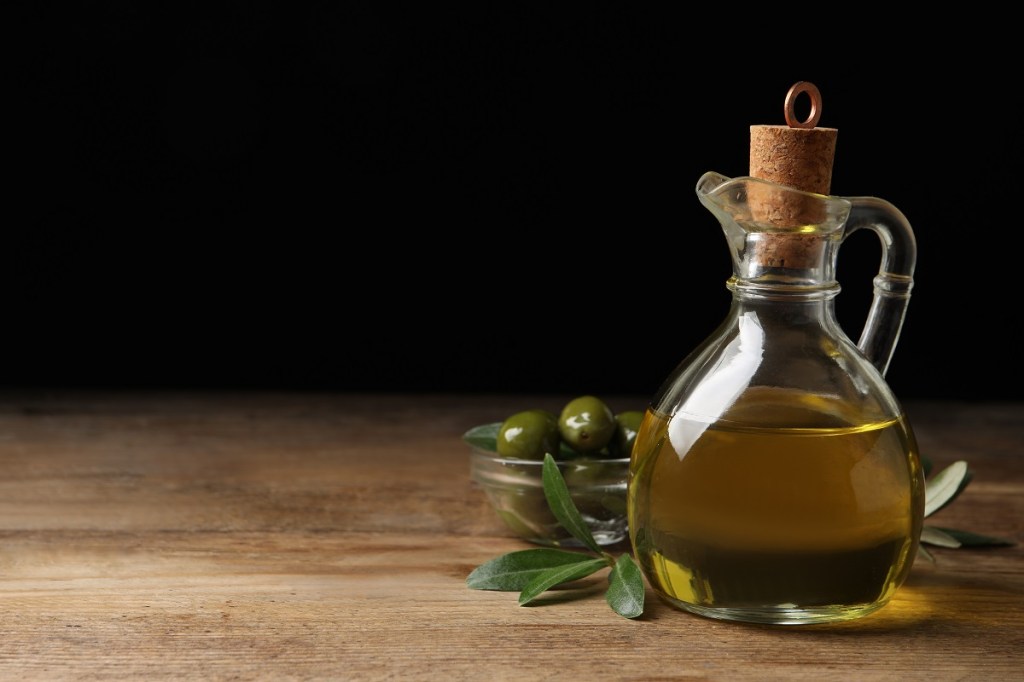
Today, some of the finest olive oil produced in Italy is still made by monks. In Bardolino, near Verona, monks living in the 500-year-old Eremo Camaldolese regularly mill the estate’s centuries-old olive trees to make extra virgin olive oil.
In Tuscany, friars of the Servants of Mary congregation living in Figline Valdarno, near Florence, make a distinctively sharp extra virgin olive oil named “Poggerina.” And in Liguria, friars from the Order of the Brothers of the Blessed Virgin Mary of Mount Carmel, known as the Carmelites, make extra virgin olive oil from olive groves grown in the hills of Loano.
But you don’t have to travel to Italy to try monastic olive oil. Thanks to the internet, many of these centuries-old products are now available to international customers through a dedicated e-portal.
